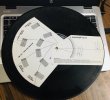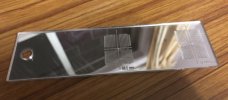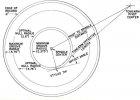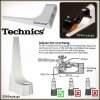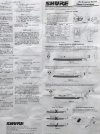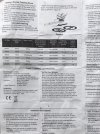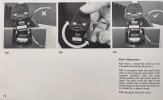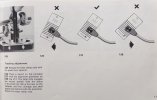Hello Forum Members,
Hope all of you are doing well in your life and staying safe in these unprecedented times.
I have been out of the HiFi world for the last few years due to family and work commitments, Now slowly trying to get back to this wonderful world of music.
I came across Cartridge Alignment Protractors online, certain websites selling them and then few free printable versions also. I did search through our forum and found some bits and pieces of information on the subject. I thought it might be worthwhile to have information about Cartridge Alignment Protractors in one single thread.
Actually till a few days back I didn't not even know that these protractors existed. Cartridges of the two TTs that I have were aligned by esteemed forum members before they were sent to me. So coming back to the basic question, are these protractors really required?. Now I understand there are different types of protractors available, how should one choose which one to follow?. Also do we use the free downloadable versions or buy the commercial ones?
Requesting forum members who have expertise in Turntables to give their view/suggestions.
Regards, Amit.
Hope all of you are doing well in your life and staying safe in these unprecedented times.
I have been out of the HiFi world for the last few years due to family and work commitments, Now slowly trying to get back to this wonderful world of music.
I came across Cartridge Alignment Protractors online, certain websites selling them and then few free printable versions also. I did search through our forum and found some bits and pieces of information on the subject. I thought it might be worthwhile to have information about Cartridge Alignment Protractors in one single thread.
Actually till a few days back I didn't not even know that these protractors existed. Cartridges of the two TTs that I have were aligned by esteemed forum members before they were sent to me. So coming back to the basic question, are these protractors really required?. Now I understand there are different types of protractors available, how should one choose which one to follow?. Also do we use the free downloadable versions or buy the commercial ones?
Requesting forum members who have expertise in Turntables to give their view/suggestions.
Regards, Amit.
Last edited:


